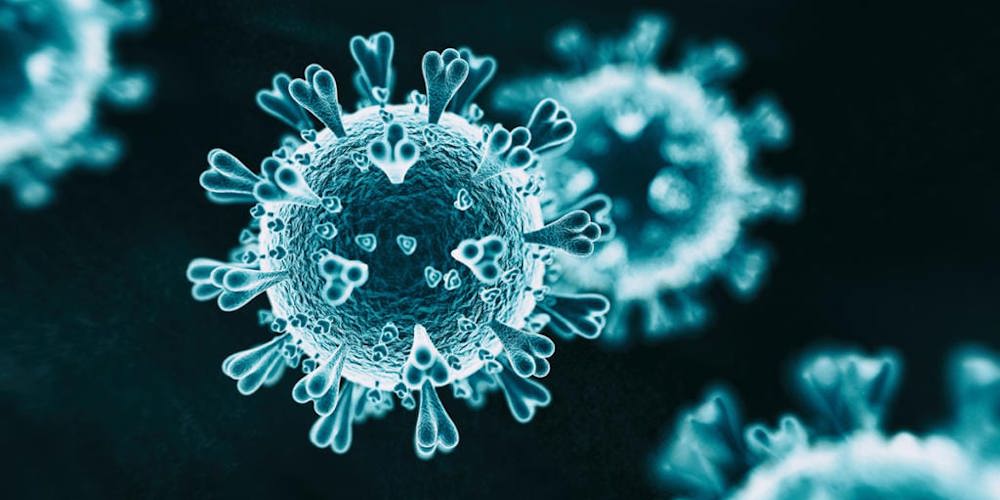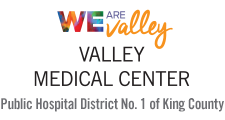About Coronavirus

What is coronavirus?
Coronaviruses are a large family of viruses, some causing respiratory illness in people and others circulating among animals. Rarely, animal coronaviruses can evolve and infect people and then spread between people. Previous coronavirus outbreaks have included severe acute respiratory syndrome (SARS) and Middle East Respiratory Syndrome (MERS). The current coronavirus is now called SARS coronavirus 2 and the disease it causes is known as COVID-19.
While most people only experience mild to moderate disease symptoms, certain people are more at risk for severe disease symptoms, including the elderly; people with heart, liver, kidney or lung disease; pregnant women and people who have diseases or take medications that weaken their immune systems. These people need to be especially careful.
COVID-19 Fact Sheets in multiple languages (Source: King County Public Health)
- COVID materials in English
- COVID materials in multiple languages.
What are the symptoms?
Fever over 100 degrees, new cough, new shortness of breath, sore throat, chills with or without shaking, muscle or body aches, new headache, unusual fatigue, loss of taste or smell, gastrointestinal issues such as nausea, vomiting or diarrhea, runny nose, or nasal or sinus congestion. These symptoms can look like the symptoms of a cold, flu or seasonal allergies such as hay fever. The main way to tell the difference between COVID-19 and these other conditions is by testing. All symptomatic patients should assume they have COVID-19 until proven otherwise and get tested.
Not sure if you have a cold, the flu or COVID-19?
If you are concerned you have been exposed to COVID-19 or are having symptoms, please call your primary care provider or visit one of our Urgent Care locations. Consult this symptom checker as another way to help you decide.
How does it spread?
COVID-19 appears to spread like other respiratory viruses—by people with the infection coughing and sneezing infected droplets into the environment. These droplets contaminate the environment and can be moved to the eyes, nose or mouth through the air or (less commonly) by hands that have touched a contaminated surface. COVID-19 most commonly spreads from person to person while in close contact under 6 feet, especially while unmasked. Get more information on how COVID-19 spreads with the Centers for Disease Control.
What is Valley Medical Center doing about COVID-19?
Valley has plans and protocols in place for how to assess the risk when a patient presents meeting the criteria for a suspected case of COVID-19 disease. Many special procedures are in place at our hospital and clinics to ensure our patients, staff and visitors remain safe from spread of the disease. Hospital staff have been trained and supplied with the skills and resources necessary to care for patients who present with coronavirus and contain the illness. Learn more about Valley's COVID-19 testing process.
Home Care: Guidelines if you've been exposed to or diagnosed with COVID-19
Protect others in your household while you monitor and care for yourself. View guidelines

